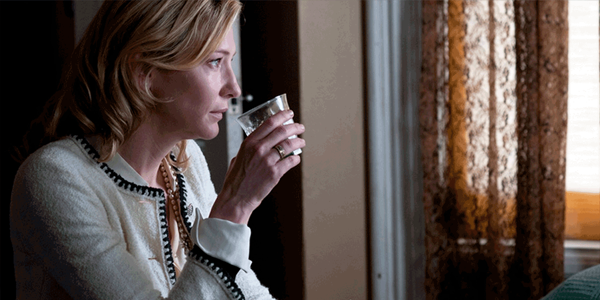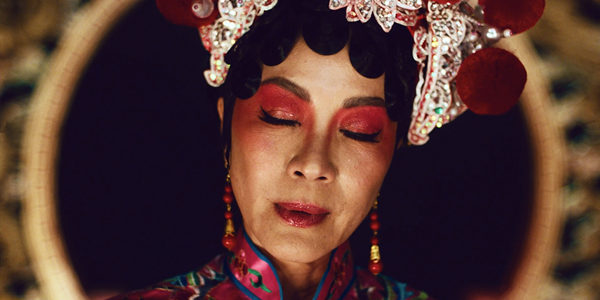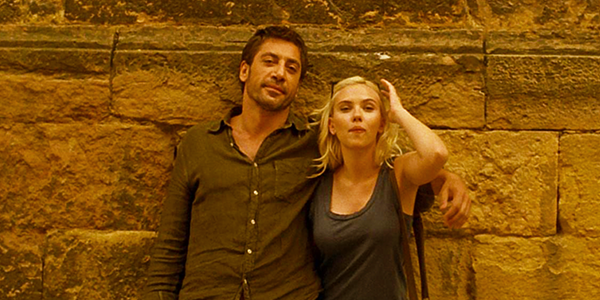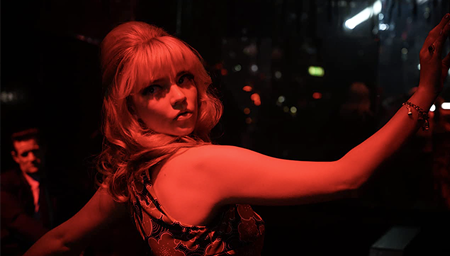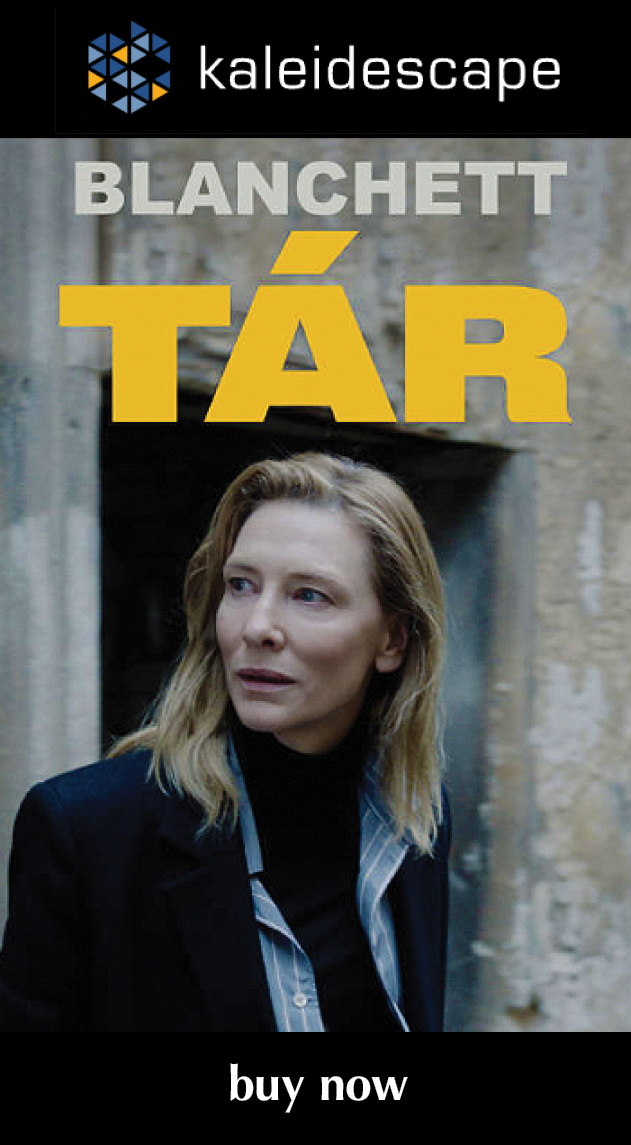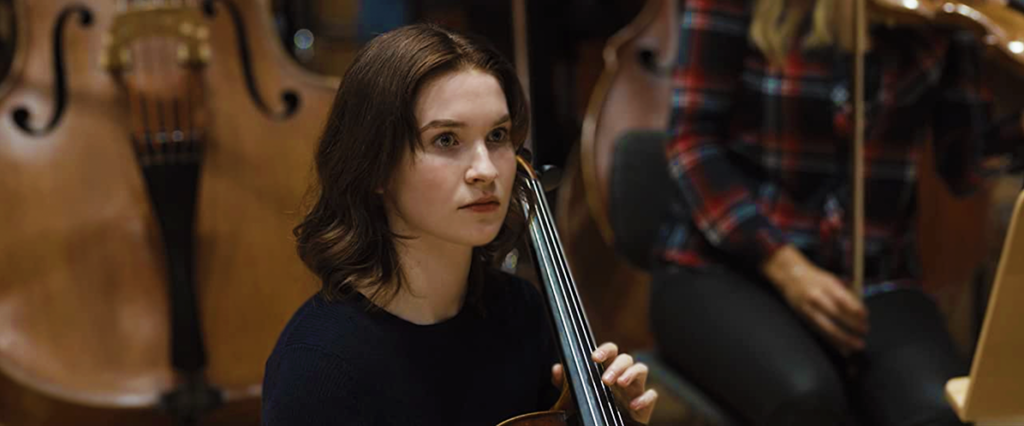
review | Tár
What could have been an intriguing look at the ability of anonymous accusers to wrongfully topple the powerful collapses under its own pretentiousness
by Michael Gaughn
January 6, 2023
Tár can be a maddening film to watch—which makes it an even more maddening film to review. It ticks off all the trendy boxes, not just weighing in on gender politics and the blind destructive power of the howling virtual mob but also adopts a chill, distant, elliptical style that constantly holds the characters at arm’s length. Most troubling of all, it dips into the au courant fantasy realm by having certain key actions hinge on the implausible. It’s hard to take the film’s take on the contemporary world seriously or care a fig about any of its characters when it’s so willing to conveniently veer away from any kind of convincing reality.
This was unabashedly created as a vehicle for Cate Blanchett and will likely pave her way to another Oscar nomination. But I’d be interested to know what the Academy would base that decision on. Since her performance is more a series of stylized poses and largely the product of the editing suite, it would seem just as appropriate to nominate all the people who propped her up.
Which triggers a brief digression. The movie opens with the closing credits, exhaustively listing in tiny type every minion who worked on this effort. It should not take that many people to make a movie, especially an independent-y art film. Those teeming hordes seem to be more about safety in numbers than about the hands necessary to craft something of merit, and what I guess was meant to be a magnanimous gesture only helps to explain why most movies now feel more manufactured than created.
But to get to the nub of the thing: It’s not possible to understand what’s going on with Tár until a second viewing. And since I wouldn’t wish that on anyone, I hope you’ll take what I have to say here on faith. The film all but completely unravels on that second pass because you’re now aware of all the little tricks that diverted your attention the first time around. Once the stylistic frosting melts away, you begin to see that the cake is just a straight-from-the-box “powerful woman undone” melodrama from the 1940s cribbed from the Bette Davis/Joan Crawford playbook (think Mildred Pierce)—all of which had antecedents in the “women’s wrongs” literature of the 1850s.
It’s amazing how political positions and attitudes can change but we always express them through the same handful of narrative conventions. Which brings up another dilemma: There are only so many plots, so many genres, and they all have a history—often a long one—that lends them their resonance. Adopting them without acknowledging where their power is derived from can’t help but make hash out of contemporary “let’s just make up our beliefs as we go along” soap boxing because the medium ends up completely contradicting and undermining the message—which is as it should be, and a small glimmer of hope in a self-infatuated world.
To bolster my case: Even at two hours and almost 40 minutes, Blanchett’s character becomes unhinged far too easily and quickly to be believable—that is, if you use reality as a yardstick for her deterioration. But in a ‘40s melodrama, that timing (proportionally speaking) and over-the-top level of craziness would be just about right. And outright silly bits like her charging the podium during a performance and slugging the conductor or vomiting because the number “5” manifests itself in a massage parlor is the stuff of potboilers, not sensitive character studies. (About that run time: This film could have easily shed an hour and lost nothing, which would have brought it much closer to the 90-minute ballpark of the sturm und drang weepies it springs from—but that would have revealed its hand.)
I’m not saying it’s not possible to enjoy Tár, at least on that first viewing. Just know that it’s not at all what it seems to be, not because of any cunning on the filmmakers’ part but because they either didn’t know or didn’t want to acknowledge what they were dealing with.
Because the film’s tableaux-like approach doesn’t allow for coherent performances, it’s hard to single out actors, but Nina Hoss is, at a minimum, intriguing as Blanchett’s concertmaster/lover/conscience/enabler. And while the camera is clearly enraptured with Sophie Kauer as a rising young cellist, it’s frustrating she wasn’t given enough to do so we could know if she has any extraordinary chops as an actor.
I also have to point out that while Blanchett is sometimes convincing as somebody presenting herself as a conductor, she couldn’t be more unconvincing when she actually tries to conduct. She just lacks the ability, which few possess, to surrender her entire body and being to the music. It was a huge strategic mistake to show a brief clip near the end of Leonard Bernstein at the podium since his movements, from the very first seconds, make clear what a conductor is and what Blanchett isn’t.
Not that there aren’t enough rubs here to go around but maybe the biggest is that Tár comes damn close to being a reference-quality HDR presentation. But I would feel guilty recommending it as such knowing anyone would have to sit through the film itself. Much of the imagery is quietly beautiful, even if it’s almost always too full of itself and pretty much all veneer. And the transfer handles it deftly, accurately rendering the nuances of the muted palette and conveying it all with an at times startling sharpness without veering into the clinical digital look of a lot of recent films. This is the best case I’ve come across of HDR displaying its supple versatility without succumbing to the temptation to show off.
A lot of the same could be said for the sound, which is well recorded and mixed without, for the most part, drawing attention to itself. You don’t get any complete musical performances, just snippets, but what’s here is rendered with a realistic sense of presence—but without any of what can only be described as the analog warmth many people associate with the best classical music recordings. For a film that fetishizes vinyl, adding just a touch of coloration might not have been sonically accurate but would have heightened the music’s emotional impact considerably.
This is a talky movie, with lots of voices in a variety of accents, mostly speaking in subdued tones, and all of that is conveyed cleanly enough. The use of ambient sound and of effects is well presented and treated with restraint, with a few exceptions. One instance of an offscreen knock at the door is so realistic it becomes one of those “made you look” moments where you have to admire the sound designer’s acumen at the same time you can’t help but get annoyed at being yanked out of the film.
It would be remiss of me to not mention that it’s not all that farfetched to see parallels between the Blanchett character’s woes here and the protracted hounding of Woody Allen, whose Blue Jasmine got Blanchett a Best Actress Oscar a decade ago. There are undeniable parallels between Tár and Jasmine, pointed by a scene near the end of the former where Blanchett retreats to her humble beginnings in the New York boroughs and her working-class brother dismissively greets her with, “Hi, Linda—sorry, Lydia,” eerily similar to Andrew Dice Clay’s line in Jasmine—“Janine or Jasmine, or whatever you’re calling yourself these days”—which then triggers the collapse of that character’s world. If I could credit the filmmakers with sufficient subtlety, I would say they were turning the tables on gender posturing to deliberately trouble the cocksure MeToo take on the world. If nothing else, they seem to be putting forward a “character is your digital destiny” argument that is, sadly, true enough, with the consequences all too often tragic.
Michael Gaughn—The Absolute Sound, The Perfect Vision, Wideband, Stereo Review, Sound & Vision, The Rayva Roundtable, marketing, product design, some theater designs, a couple TV shows, some commercials, and now this.
PICTURE | Tár comes close to being reference-quality, with the transfer accurately rendering the nuances of the film’s muted palette and conveying it all with an at times startling sharpness without veering into the clinical digital look of a lot of recent films
SOUND | The audio is well recorded and mixed without, for the most part, drawing attention to itself. The orchestral snippets are rendered with a realistic sense of presence, while ambience and effects are well presented and treated with restraint.
© 2025 Cineluxe LLC


